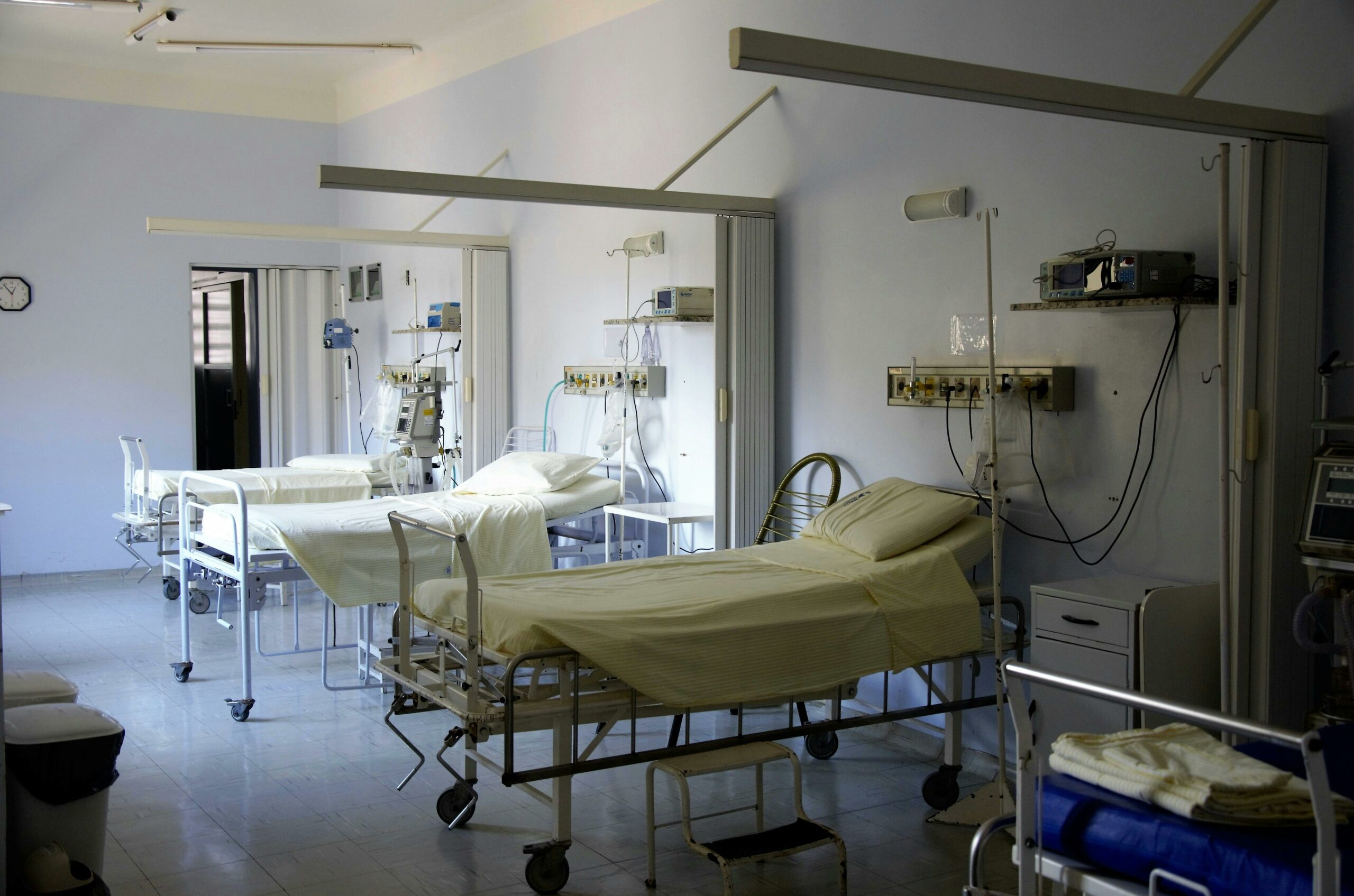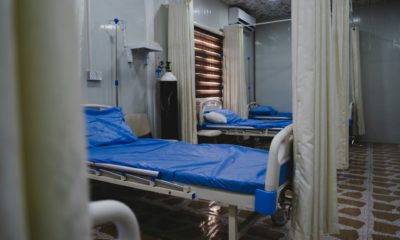News
“Patients Are Suffering Instead of Healing”: Alarm as Patient Harm Surges in Gauteng Hospitals

A Healthcare System Buckling Under Pressure
“Hospitals should be places of healing, not danger,” say families as serious adverse events escalate across the province.
For thousands of Gauteng families, a hospital visit is beginning to feel like a gamble and not the kind anyone wants to take. Newly released provincial data paints a bleak picture: 7 386 serious adverse events (SAEs) were recorded in Gauteng’s public hospitals last year, an increase from 7 117 the year before.
These aren’t minor mishaps. SAEs include life-altering injuries, preventable complications, and even deaths. They represent the moments when the system fails, sometimes catastrophically.
And they’re rising fast.
Before the pandemic, the numbers were significantly lower:
-
2019: 4 170 events
-
2020: 4 701
-
2021: 6 910
-
2022: 7 117
-
2023: 7 386
What we’re seeing now is not a spike it’s a pattern.
Why Are Things Getting Worse?
Experts say the problem is structural, predictable, and solvable, if leaders act.
Health experts are clear: Gauteng’s hospitals are carrying burdens that would break any system.
From short staffing to equipment shortages, decaying infrastructure, and junior doctors working without enough supervision, the cracks are no longer cracks, they’re chasms.
Dr Atiya Mosam, a public health physician at Mayibuye Health, didn’t mince her words when asked about the rise.
“This is deeply concerning, but it’s not surprising. Staff are overloaded, fatigued, and working under extreme pressure. Errors become inevitable.”
Her view echoes what many healthcare workers whisper in corridors: the system is asking too much from too few people.
And when a nurse works a 20-hour shift, or a doctor handles a queue that stretches into the night, patients feel the consequences.
Inside the Breakdown: Training Gaps, Poor Communication, and Negligence
When teams don’t talk, protocols aren’t updated, and training falls behind, lives are put at risk.
Public health advocate Lindiwe Mahlangu from the Positive Women’s Network highlighted another layer of the crisis: miscommunication and inconsistent patient management.
“Errors in diagnosis, treatment, or follow-up are often due to negligence or a lack of attention to detail,” she said. “We need better training and better monitoring.”
She also raised concerns about:
-
unclear procedures,
-
lack of coordination between healthcare teams,
-
outdated protocols, and
-
a worrying level of incompetence among some practitioners.
In other words: the system is failing both patients and health workers.
Hospitals With the Highest Number of Serious Adverse Events
The numbers themselves tell a story of hospitals under immense strain:
-
Chris Hani Baragwanath: 1 257 cases
-
George Mukhari: 600
-
Steve Biko Academic: 592
-
Charlotte Maxeke Johannesburg: 498
-
Helen Joseph: 434
-
Weskoppies: 426
-
Leratong: 414
-
Tembisa: 384
-
Bheki Mlangeni: 109
-
Tshwane District: 51
-
South Rand: 18
Baragwanath the largest hospital in the southern hemisphere, sits at the top of the list, a reflection of the overwhelming pressure it faces daily.
The Accountability Gap
Thousands of incidents. Only 55 disciplinary actions.
This is where frustration turns to outrage.
DA legislature member Jack Bloom called out the Gauteng Health Department, accusing it of “failing patients year after year”.
Despite thousands of serious incidents annually, the department reported only 55 disciplinary actions.
Bloom’s criticism echoes a sentiment widely shared in communities and on social media:
How can so much go wrong with so little consequence?
On X (formerly Twitter), Gauteng residents were blunt:
“If this was the private sector, heads would roll.”
“Your chances of leaving a public hospital alive feel like luck these days.”
Bloom warned that SAEs don’t just cause heartbreak, they also drain public funds through mounting medical negligence payouts, consuming budgets that should be buying equipment and hiring staff.
He has called for sweeping management changes at high-risk hospitals.
A System in Crisis, But Not Beyond Repair
Experts say the province must rebuild from the ground up: staffing, equipment, communication, and accountability.
The consensus from health experts is strikingly similar:
Gauteng’s healthcare system is not doomed but it is dangerously fragile.
They argue for:
-
hiring more nurses and doctors,
-
improving training and supervision,
-
ensuring hospitals have essential equipment,
-
tightening protocols, and
-
enforcing real accountability when harm occurs.
Without these changes, the spiral will continue.
The Human Cost Behind the Statistics
Behind every SAE is a family whose life changed forever, a baby injured during birth, a misdiagnosed patient, a preventable infection, or a death that should never have happened.
Gauteng residents aren’t asking for miracles. They’re simply asking for hospitals where safety isn’t the exception, but the standard.
And at the moment, that feels increasingly out of reach.
{Source: The Citizen}
Follow Joburg ETC on Facebook, Twitter , TikTok and Instagram
For more News in Johannesburg, visit joburgetc.com



























